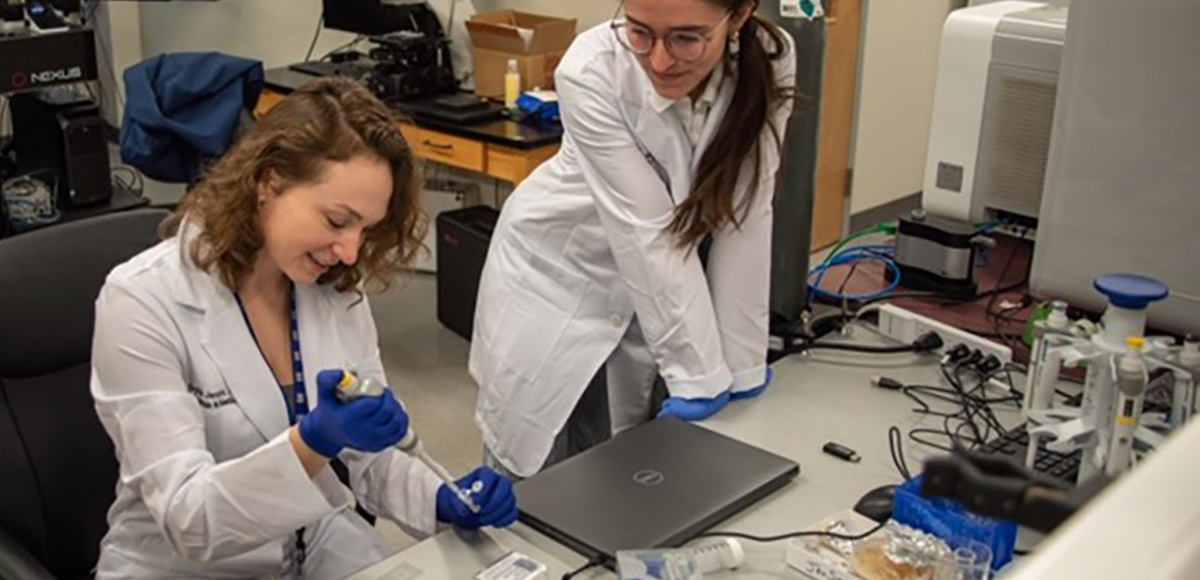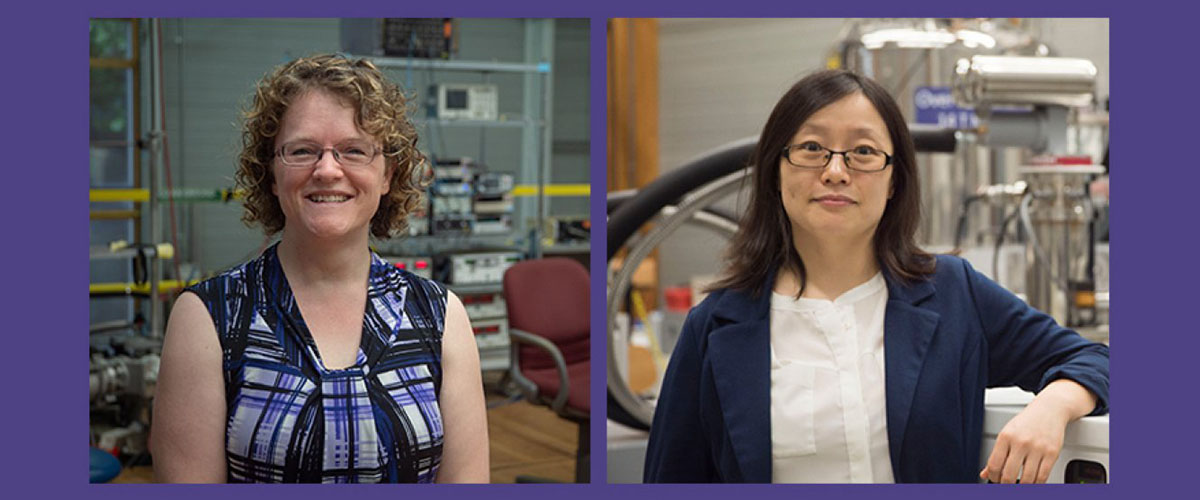Contact: Kathleen Haughney
TALLAHASSEE, Fla. — A Florida State University and Cornell University research team found that batteries built from inexpensive and safe components can deliver three to four times the punch of batteries built with today's state-of-the-art lithium ion technology.
The researchers' work is published today in Nature Communications.
A. Nijamudheen, a postdoctoral researcher at the FAMU-FSU College of Engineering, and Snehashis Choudhury, a doctoral student at Cornell University, along with faculty members at both institutions embarked on an ambitious investigation into what hampers current battery design and how to improve it.
"If one looks at the cost of batteries over time, it is unsurprising to see that the vector is consistently pointed upward," Choudhury said. "Broad-based adoption of technologies that require batteries demand lower costs."
With the hope of bringing those costs down, researchers tackled a few specific problems related to electrolytes, a critical part of a battery's construction that promotes the movement of ions from one electrode to the other.
The teams set out to understand the chemical pathways by which electrolytes degraded at the battery electrodes. The researchers not only identified the mechanisms for how the electrolytes degrade, they also discovered multiple strategies to remedy the problem.
"We discovered that controlling the ionic properties of the interphases formed at the negative electrode is the key," Nijamudheen said.
Using quantum calculations, Nijamudheen and his adviser, FAMU-FSU Assistant Professor of Chemical Engineering Jose Mendoza-Cortes, a member of the National MagLab's Condensed Matter Science group, found that the problem stems from the way a component of the electrolytes called diglyme undergoes polymerization. Polymerization is a process where molecules combine chemically to produce a long chain-like molecule called a polymer.
In the case of batteries, electrolytes often break apart and re-form to create much larger molecules after prolonged contact with both the negative and positive electrodes of a battery.
"While the degradation process itself is harmless, its byproducts block ions from accessing the battery electrodes, which over time reduces the amount of stored energy than can be recovered from a battery," said Lynden Archer, a Cornell University professor and Choudhury's adviser.
However, while some types of polymers that result from this process would block ions from reaching the electrodes, others have been proven effective in prolonging battery life.
With their polymerization calculations in hand, the researchers began investigating other types of electrolytes where the polymerization process wouldn't impede the battery's performance.
Typically, lithium batteries are made with organic carbonate electrolytes, but these electrolytes are highly flammable. Expensive thermal regulation infrastructure that provides cooling of overheated battery cells is therefore mandatory for reducing risks for thermal runaway and battery fires.
The researchers instead tested a lithium-nitrate electrolyte, a stable electrolyte that wasn't flammable.
Using that electrolyte, the researchers began running experiments on the solid electrolyte interphase or SEI. The SEI is a protective layer formed on the negative electrode as a result of electrolyte decomposition, usually during a battery's first cycle.
"Once you have a good SEI, you have a good battery," said Mendoza-Cortes, who is also an assistant professor at the FAMU-FSU College of Engineering. "The idea is to find an electrolyte and solvent that can form an SEI that can be stable and plays in your favor."
The researchers engineered a new type of SEI that forms spontaneously in a battery cell using sacrificial salt or molecular species introduced via the electrolytes. They also introduced chain transfer agents — a string of molecules — that interacted with the diglyme to form a shield that protects the negatively charged electrode from degrading.
To evaluate the effectiveness of the design, the research team performed a series of experiments on the battery's ability to be used and then recharged. They found it could go through about 2,000 cycles, well above the conventional 300 to 500 charge cycles associated with most lithium-ion batteries.
"With this process, we could get an efficiency that is unprecedented for this kind of system," Mendoza-Cortes said. "The bottom line is we improved the SEI. That would mean more power that lasts longer. There is much potential there."
This research was supported by the National Science Foundation, the FSU Research Computing Center, the FSU-headquartered National High Magnetic Field Laboratory and the Energy and Materials Initiative at FSU.
Story by Kathleen Haughney, courtesy of FSU Communications






